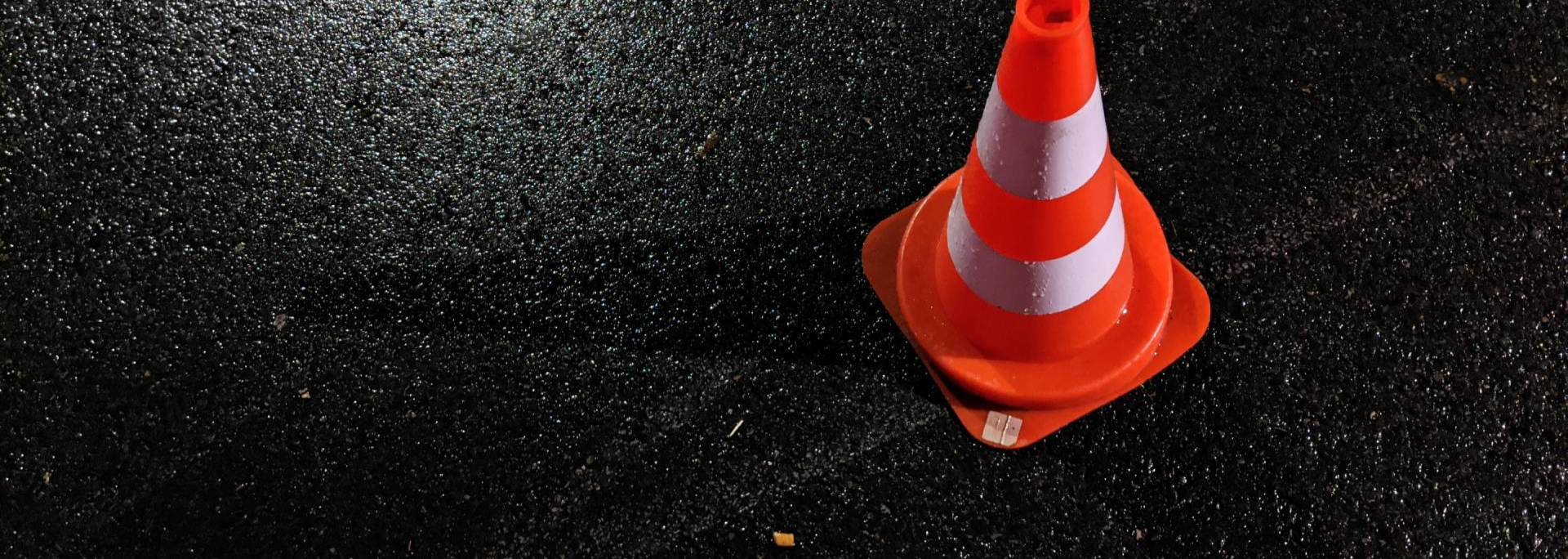Stop your car immediately, no matter how minor the collision.
Arizona law requires that a driver of a vehicle involved in a collision (no matter how minimal) must stop his or her vehicle and exchange information with the other driver and the owner of any property that may have been damaged. If at all possible, do not move your vehicle.
Assist any injured persons.
If someone is seriously injured or unconscious, call an ambulance immediately. Try to make the other person comfortable, but do not move them unless you know exactly what you are doing and are trained in medical care.
Protect the scene.
If it is safe to do so, it is best not to move your vehicle until law enforcement has arrived. If your car poses a safety threat to other traffic and it can be moved safely, then use your common sense on deciding whether to move off the roadway.
Always, always, always call the police and insist upon a report!
Identify the other drivers.
Be certain that you get the other drivers’ addresses, telephone numbers and insurance information. Also write down the license plate number and a brief description of passengers who may have been with that person.
Identify witnesses.
As soon as is possible, get the names, addresses, and telephone numbers from all the witnesses who are present. Although they should remain on scene until the police arrive, most people will leave shortly after ascertaining that medical care is on its way. These witnesses may be critical to your case, so get this information as quickly as possible. Normally, asking for a simple business card will suffice.
Gather other information.
As soon as is reasonably possible (usually after you get home) write down a description of how the collision occurred, including the time, place, weather and road conditions, and a detailed explanation of how you were driving. Draw a diagram of the road or roadways and the positions of the vehicles before, and after the impact. Do not give this information to anybody other than your attorney. Make sure that you hold on to the collision information exchange slip that the officer will have given you at the collision scene. This contains the information regarding the other driver and a police report number.
Do not make any statements.
Arizona law only requires you to exchange addresses, driver’s license numbers, vehicle registrations, and copies of your insurance cards with the other driver. Other than this, never make any statements or comments (these will be used against you later). NEVER APOLOGIZE OR ADMIT THAT THE COLLISION WAS IN ANY WAY YOUR FAULT. NEVER SAY, “I DID NOT SEE YOU.” NEVER SPECULATE ABOUT ANYTHING THAT YOU ARE NOT SURE OF. For example, your estimate of speed at the time of the collision will usually be wrong. Be careful what you say, because it may come back to haunt you later (both in a civil lawsuit and potentially with criminal liability).
Listen carefully.
Listen to everything that the other driver or witnesses say. What the other driver says can be used against them to help you with your claim. If they apologize, or say that they did not see you, write it down immediately. Simple apologies are almost always viewed as an admission of fault.
Go to the emergency room or your family doctor immediately.
Even though you may think that you are not hurt, only sore, you may actually have sustained a serious injury. Due to the stress and adrenaline rush, which often accompanies collisions, the brain often masks the extent of the real injuries. You may have internal injuries that you are not aware of, and a proper diagnosis by a doctor could help identify a more serious problem. Also, let the doctor know of any old injuries, which are now aggravated due to the collision.
Do not call your own insurance company until you have consulted with an attorney.
Never give a recorded statement to the other driver’s insurance adjustor!
The insurance adjustor for the other driver will attempt to call you within 24-48 hours after the collision. He or she will attempt to get a recorded statement to use it against you later on. They will also try to offer you some type of minimal settlement to dispose of the case immediately.
Simply tell them that you are represented by
Eric Shapiro, and that your attorney will call them later.
Take photos of the collision scene.
Once you are on your feet, or if a family member is available, go back to the collision scene and take photographs. Be sure to include any landmarks, such as signs or buildings that will be easy to describe in each photograph. Try to include photographs of skid marks, damage to grass, trees or shrubbery, and look for any small car parts that may be on the ground. Take photographs from far away and up close. Take more pictures than you think you will need. Time will eventually alter the collision scene, so this is very important. If you have retained Eric Shapiro, we will send out our collision investigator to photograph the scene for you.
Take photographs of damage to the vehicle.
Again, do not be afraid to take more pictures than you believe are necessary. Take photographs from every possible angle, both close up and far away, of your vehicle and the damage sustained. If any parts came off your vehicle, also photograph those. If necessary, a representative from our office will be happy to go to the impound yard in order to do this.
Take photographs of your injuries.
Again, do not be afraid to take too many pictures. Take photographs of all cuts, bruises, casts, bandages, abrasions or seat belt marks. If you are hospitalized, or cannot move around easily, have a friend or family member photograph you in your room, showing various angles of equipment that you may be hooked up to you (i.e., I/Vs, heart monitors, traction, etc.). Eric Shapiro will be more than happy to (and prefer to) have one of our representatives come out and meet with you in order to photograph your injuries. Make sure to photograph these injuries every few days in order to document bruising and swelling. Many times a bruise will not fully develop until several days after the injury.


